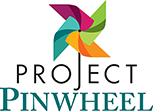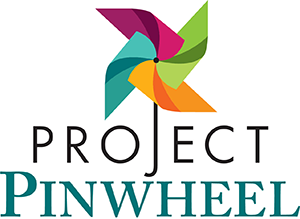Volunteers, staff, parents and other members of a congregation all play an important role in creating a vibrant faith center. They also play a role in making sure a faith community is a safe place for kids. Many different groups likely have regular contact with your congregation’s youth. So it’s not surprising that it may feel overwhelming to be responsible for keeping kids safe in a faith community. It becomes easier if you simplify the task. Only adults should have sanctioned contact with kids and all adults in your community need to pledge to honor their responsibility for keeping keeps safe.
While not everyone working in a faith community is a mandated reporter, everyone has a moral responsibility to report. Below are some tips for keeping kids safe in a faith community, plus some helpful links about the topic.
Train first. check out online and other options HERE and HERE.
Be a “groupie.” 80% or more of child sexual abuse happens in isolated one on one situations. Eliminate or reduce one-on-one interactions between children or one adult and a child. Group situations with multiple adults are the safest.
Keep it open. Make sure all classroom or community spaces don’t have any secluded areas that are hidden from your view.
Make good choices. Avoid activities that have decreased structure, limited supervision or encourage boundary violations (tag, pillow fights).
Trust but Verify. Make certain your organization has a policy to conduct background screenings, reference checks and interviews on all paid staff and background checks on all volunteers.
Bring along parents. Be direct, honest and open with parents/guardians about steps you are taking to protect their children from sexual abuse. Encourage them to get educated about the risks of sexual abuse and how to minimize those risks to they can partner with you in prevention.
Call it out. The moment you recognize inappropriate behavior or boundary violations, say something. Be specific about what you observe, redirect the child/person to a favorable behavior and then move on. Train other adults in your classroom to do the same.
Design in Safety – Read THIS guide on creating safety in youth serving organizations from Enough Abuse.
Links
- SafeChurch child sexual abuse prevention website
- Child Sexual Abuse Prevention in Faith Communities
- Safer Congregations
- Ministry Safe Institute
- Child Friendly Faith Project
- CDC Guide for Preventing Abuse in Youth Serving Organizations
- Faith Communities as part of solution to prevent child sexual abuse
- Dove’s Nest – Faith Communities keeping children & youth safe

